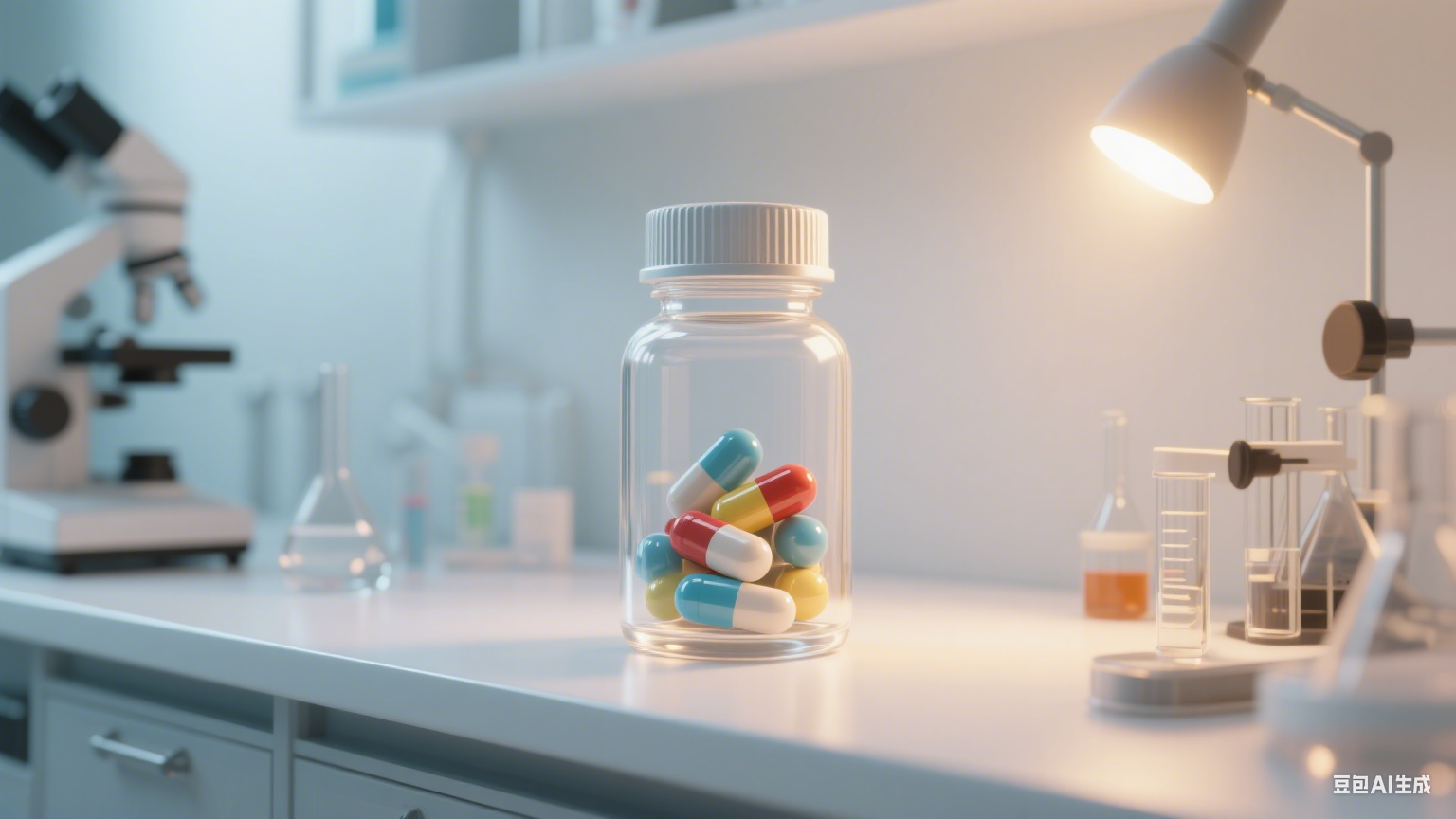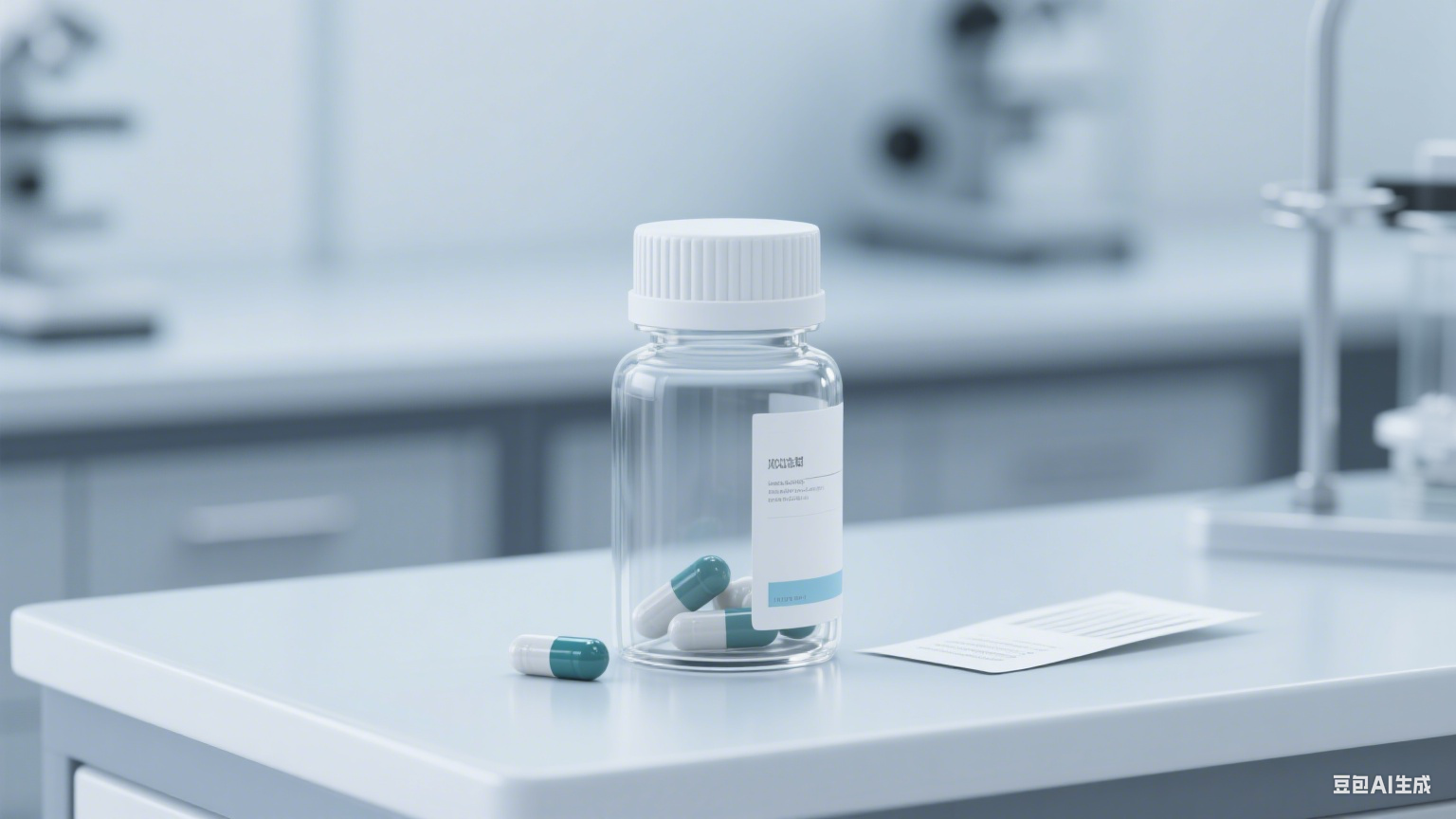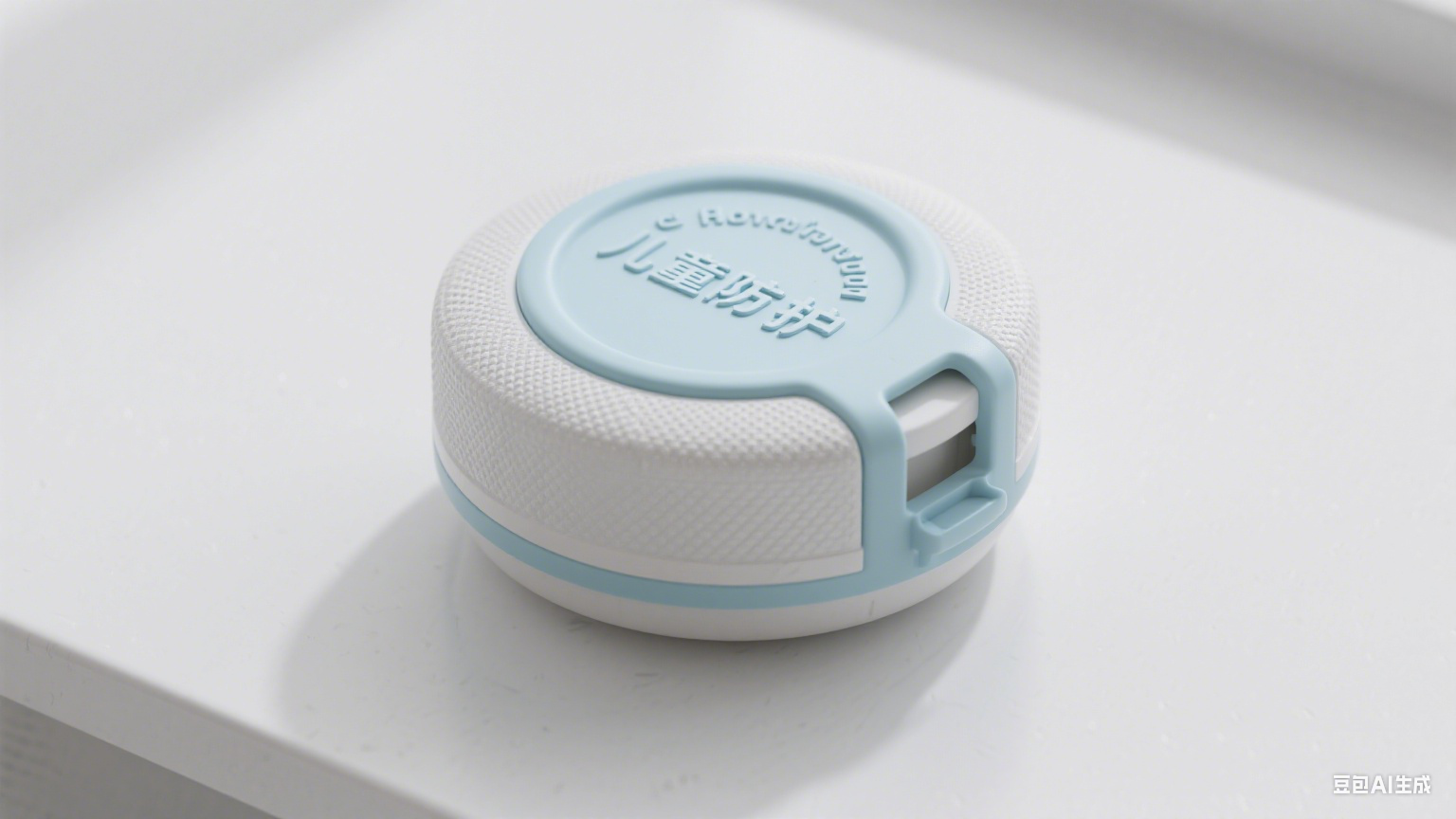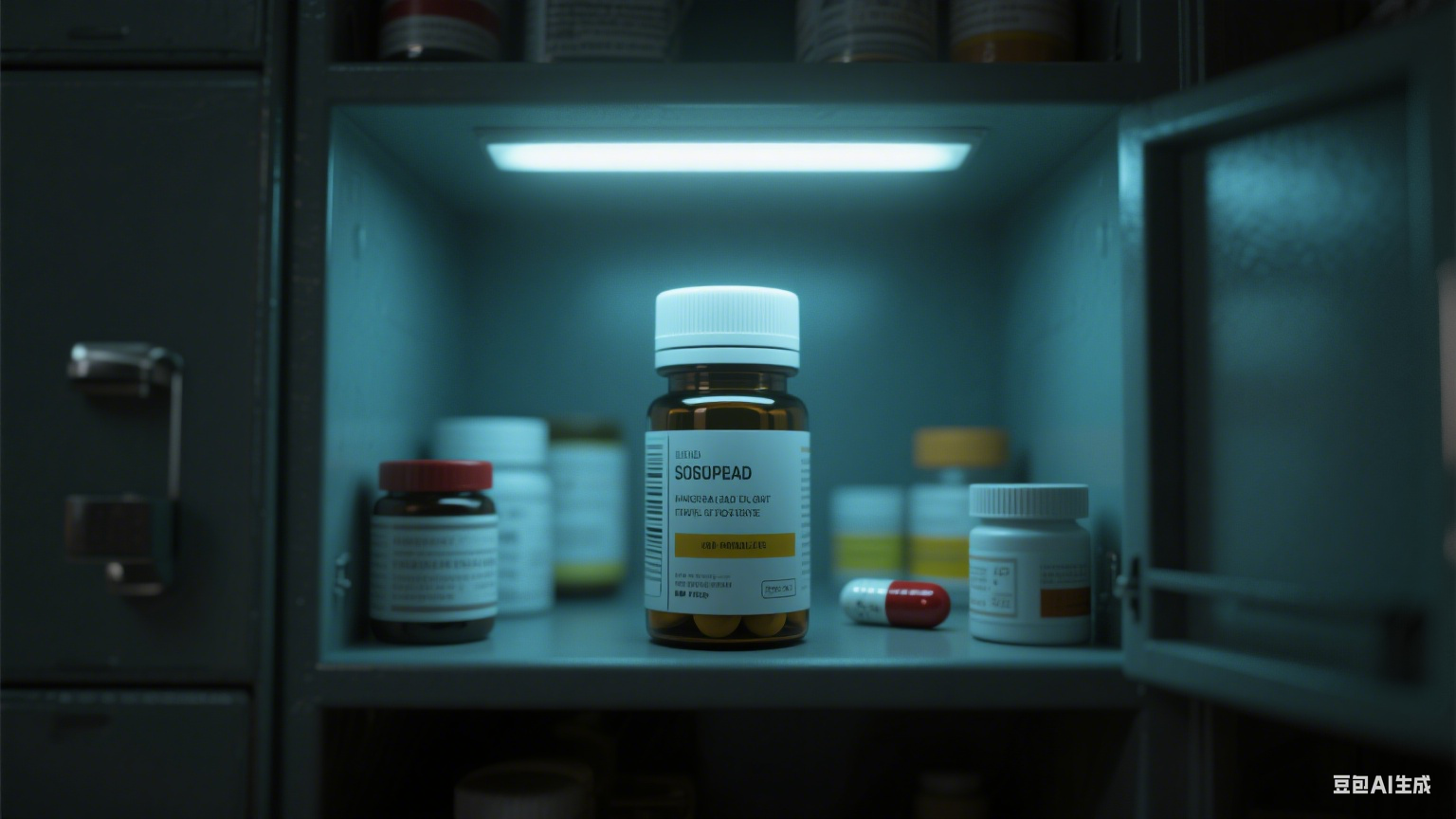
 TikTok Service
TikTok Service
 Facebook Service
Facebook Service
 RedNote Service
RedNote Service
 Amazon Service
Amazon Service

(Photo caption: A variety of capsule bottles are placed on a clean kitchen countertop. There are small glass capsule bottles for daily use, portable plastic capsule bottles for travel, and large-capacity opaque capsule bottles for family storage. Some bottles have labels with "vitamin capsules" and "health care capsules" written on them, restoring a real daily storage scene.)
Capsule bottles are essential containers for storing vitamins, health supplements, and other capsule - shaped products. A good capsule bottle can effectively preserve the freshness of capsules and prevent them from being damaged. Let's learn about capsule bottles from three aspects: core structure, purchase tips, and use and maintenance.
The structure of the capsule bottle is mainly designed to "prevent moisture, avoid light, and be convenient to take", which mainly includes the bottle body and the bottle cap.
Common materials of capsule bottle bodies are glass and food - grade plastic:
**
(Photo caption: On the left is a transparent glass capsule bottle, through which the color and quantity of the internal capsules can be clearly seen. On the right is a light - colored food - grade plastic capsule bottle, which is light in weight and marked with "moisture - proof" and "food - grade material" signs.)
Glass bottle body: It has good light transmission (some are frosted to avoid light), stable chemical properties, and will not react with the ingredients in the capsules. It is suitable for storing capsules that need to be protected from light and have high freshness requirements.
Food - grade plastic bottle body: It is light, not easy to break, and easy to carry. It is suitable for daily use and travel. It should be noted that it must be made of food - grade materials to ensure the safety of capsules.
The bottle cap of the capsule bottle usually has a moisture - proof pad and a child - proof design (for families with children):
**
(Photo caption: The upper part shows the inside of the bottle cap, with a white moisture - proof pad clearly visible, marked with "moisture absorption and freshness preservation". The lower part shows a child - proof bottle cap, with a reminder "press and rotate to open" on it, demonstrating its anti - opening feature for children.)
Moisture - proof pad: It is usually made of silica gel or other moisture - absorbing materials, which can absorb the moisture in the bottle and keep the capsules dry, preventing them from becoming soft or agglomerated.
Child - proof design: By means of pressing and rotating to open, it can prevent children from accidentally opening the bottle and taking capsules by mistake, ensuring family safety.
When purchasing, you should choose capsule bottles made of food - grade materials (glass or plastic). For plastic bottles, you can check whether there is a "food - grade" logo on the product to ensure that the materials are non - toxic and harmless and will not pollute the capsules.
Daily home use: You can choose large - capacity glass or plastic capsule bottles, which can store a certain amount of capsules and are convenient for daily taking.
Travel use: It is recommended to choose small - capacity, portable plastic capsule bottles. They are small in size, light in weight, and easy to put into a suitcase or handbag.
Clean Before First Use: Before using a new capsule bottle, wash it with clean water and dry it thoroughly to remove dust and impurities inside the bottle and ensure the cleanliness of the capsules.
Seal Timely After Use: After taking the capsules each time, close the bottle cap tightly immediately to ensure the sealing of the bottle, prevent moisture and air from entering, and avoid the capsules from deteriorating.
Store in a Suitable Environment: Place the capsule bottle in a cool, dry, and dark place, avoiding direct sunlight and humid environments (such as above the kitchen sink). High temperature and humidity will easily cause the capsules to become soft, agglomerated, or deteriorate.
**
(Photo caption: The capsule bottles are placed in a dark wooden cabinet. There is a label on the cabinet that says "Cool, Dry and Dark Storage". Next to the capsule bottles, there is a small moisture meter, showing that the humidity in the cabinet is within the appropriate range.)
Guangzhou Pengqi has been dedicated to the production of mid-to-high-end cosmetic packaging containers for 16 years. Its products include various cosmetic packaging materials, acrylic packaging bottles, PET plastic bottles, ointment bottles, lotion bottles, foam bottles, spray bottles, vacuum bottles, shampoo and conditioner bottles, as well as packaging for beauty products, with a daily production capacity of over 300,000 units. It supports small-batch orders for new customers and offers a large inventory for fast delivery within 24 hours